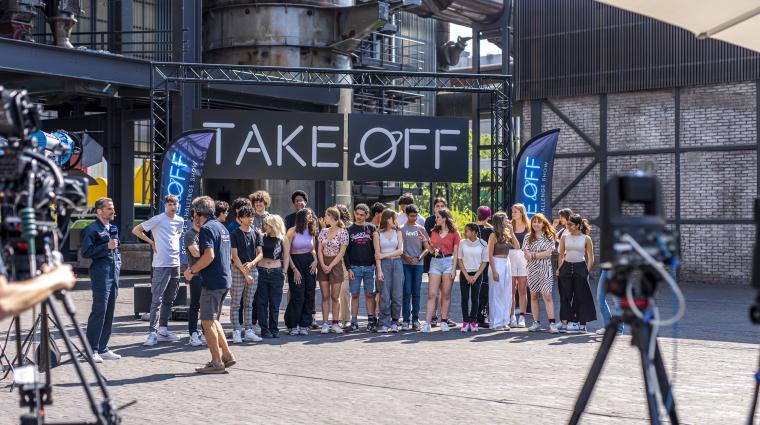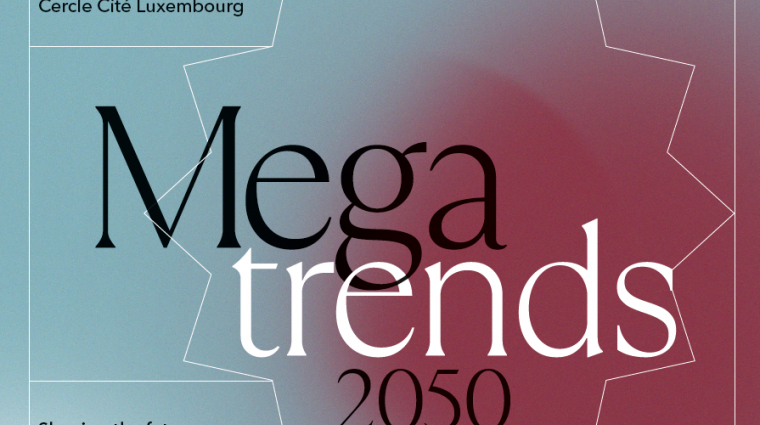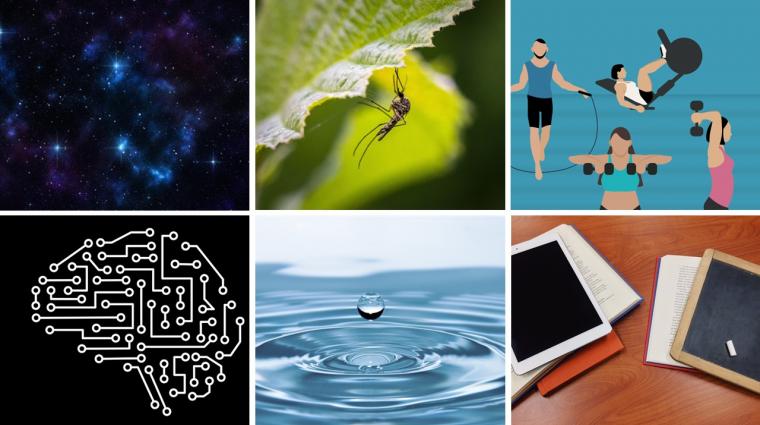
How do you protect yourself from hackers? Ege and Prem, laureates of the national contest "Jonk Fuerscher 2020", present their application for data encryption.
Ege Karaahmet and Prem Jagadeesh had known of the national competition for young scientists for years without ever daring to participate.
This year, the two physics and mathematics enthusiasts tried their luck for the first time, and the friends successfully convinced the jury with their text encryption application, which is based on the principles of cryptography.
While pursuing their project, the 17 and 16-year-old students from Lycée Michel Lucius developed an algorithm that can safely encode a text message with the help of a simple key. The preparation was with the hope to participate in Regeneron's Inernational Science and Engineering Fair (ISEF) in the United States.Even though encryption might appear to be highly abstract and complicated at first glance, both junior scientists have mastered the fundamentals: "We conducted online research and based our design on the fundamental principles of cryptography. After getting through the basics, we started experimenting and relied on our instincts", Prem and Ege explain.
Conditioning Texts
Before being able to encode a message, the scientists first needed to convert each letter into Cartesian coordinates. In other words: Prem and Ege traced the decimal value, also known as the Unicode, of every letter and transformed them into hexadecimal values. After successful conversion, they went on to separate the resulting number into two different cyphers, one for the horizontal x-axis, the other for the vertical y-axis of their graph.Let us have a closer look at an example from their project:| Letter | Decimal value | Hexadecimal value | x | y |
| F | 70 | 46 | 4 | 6 |
Converting Data With the Help of a Key
"The key is an algorithm that encrypts every letter in relation to its graphical coordinates. It therefore becomes possible to lock data in a certain way", Prem and Ege further lay out.The junior scientists allocated a specific transformation to each letter and respective cypher, for instance turns to both left and right, clockwise rotations, and vertical as well as horizontal displacements. This additional process allowed them to make an even more complex conversion of the letters into coordinates.
To increase the key's safety, it needs to be built upon two separate blocks that undertake the process of calculation.

Overview of the application for text message encryption and decryption through the generation of a key. © Ege Karaahmet & Prem Jagadeesh – Jonk FuerscherPrem and Ege underline the efficiency of their method of choice: "These transformations are processed several thousand times over the course of the encryption. The text thus becomes unreadable to anyone who does not have the key, even a hacker. There are just too many possible combinations."
Apart from message encryption, the two junior scientists have a passion for science in general. For future projects they hope to combine the fields of chemistry, mathematics, and physics.Original author: Constance Lausecker
Foto: © Pixabay








